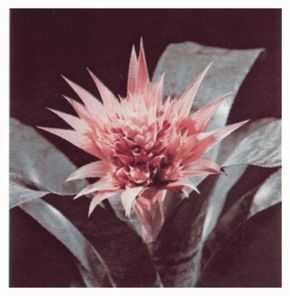Key Takeaways
- Bromeliads are a diverse group of plants known for their colorful foliage and unique growth habits.
- They come in various shapes, sizes and colors, making them popular choices for indoor and outdoor gardens.
- Bromeliads are relatively easy to care for and can thrive in different environments, from tropical jungles to arid deserts.
If a survey were taken asking people what a bromeliad is, most people probably wouldn't be able to answer the question. However, if you asked the same people what a pineapple is, a majority of them would have no problem responding correctly.
So, what's the connection between the two? Put simply, a pineapple is a bromeliad. Bromeliads are perennial monocotyledons -- plants that have one seed leaf like lilies or corn, rather than two seed leaves like roses or beans.
Advertisement
Bromeliads commonly grow in the American tropics, and a majority of the species are found in Brazil. Many bromeliads are tough and long-lived, and they will combine comfortably with other plants in your home.
There are about 2,000 bromeliad genera; they vary greatly in size, color, distribution, and ease of growth. Some are small enough to sit on a window sill, while others grow as long or as tall as 30 feet.
Not all bromeliads grow well indoors, but many do. Since many of these plants originally grew in trees, good air circulation and excellent drainage are very important.
When grown indoors, bromeliads do worse with too much water or heat rather than with too little of either.
Actually growing bromeliads is the best way to learn about them; however, members of your local bromeliad society are also great references.
Advertisement
